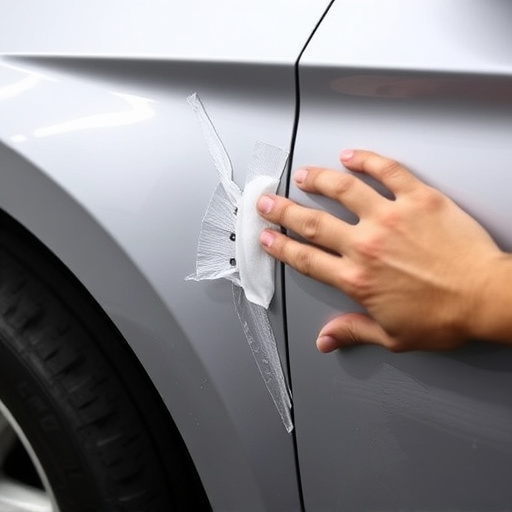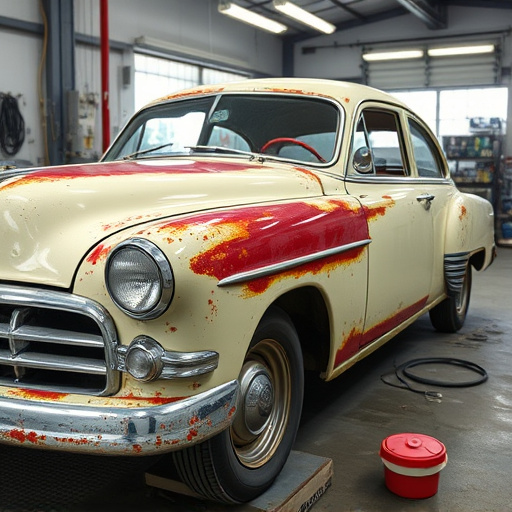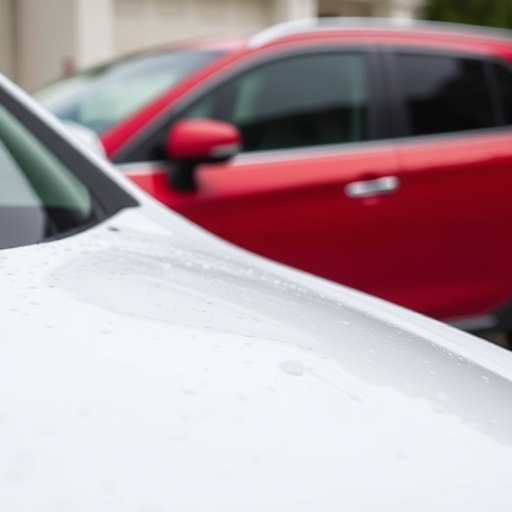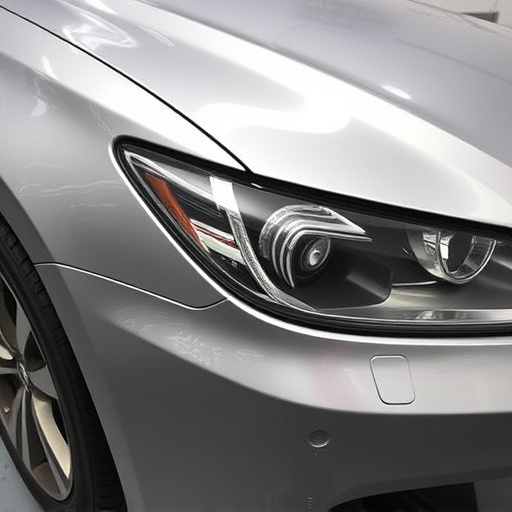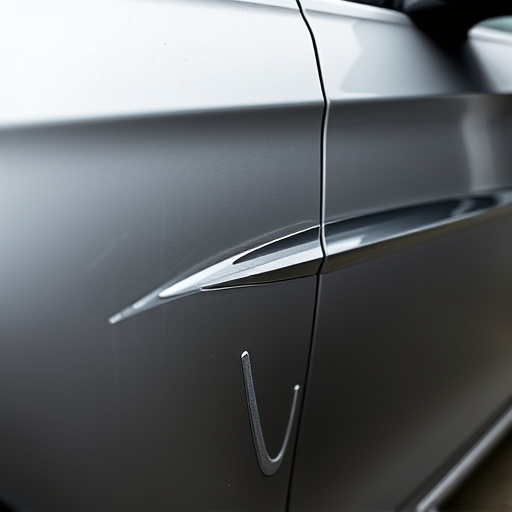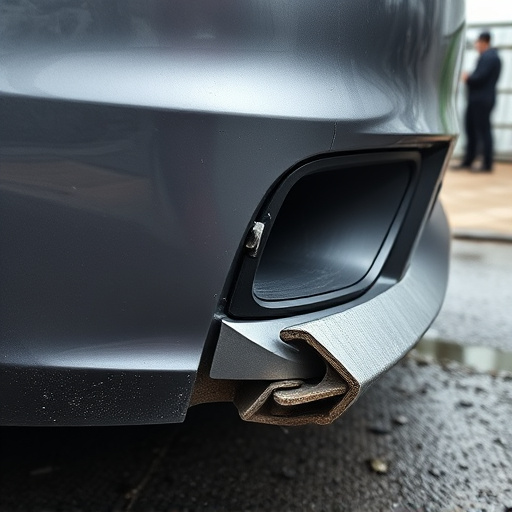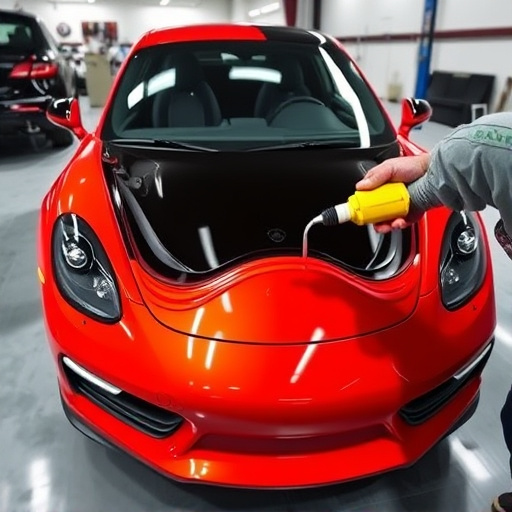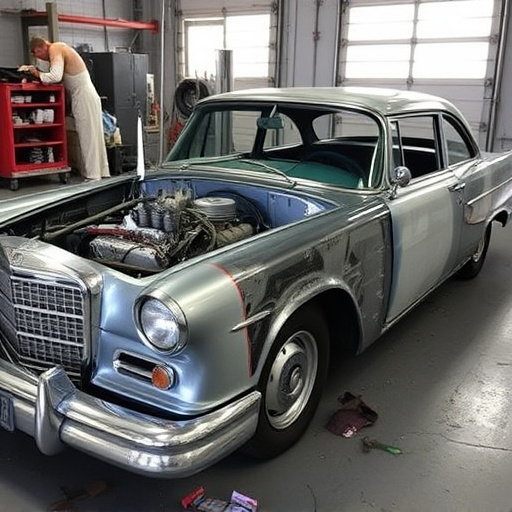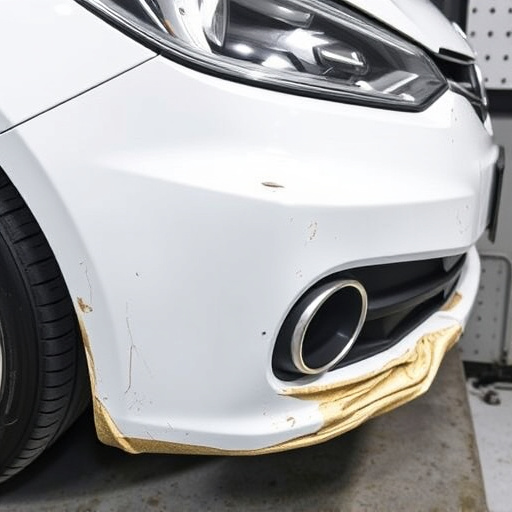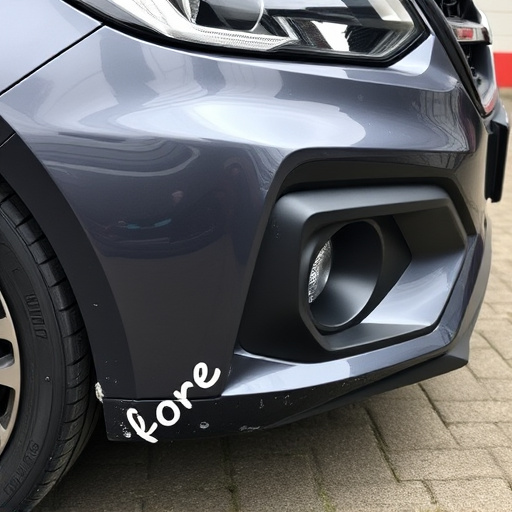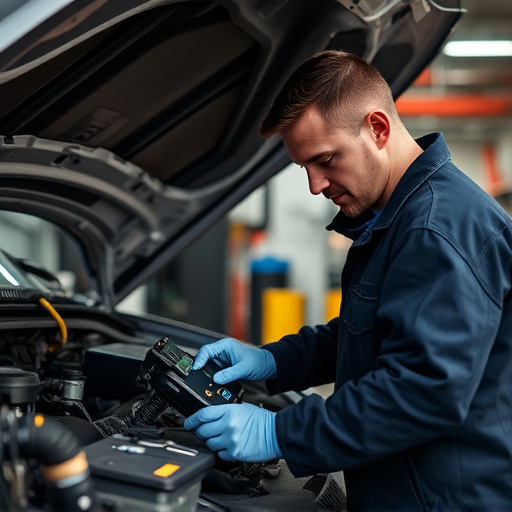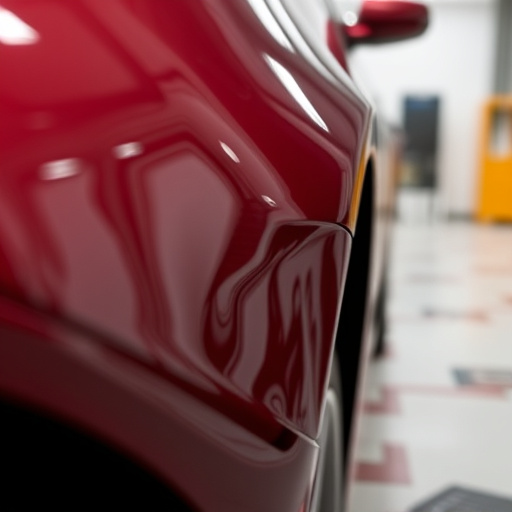PDR certification is a key step for auto body shops targeting luxury vehicle repairs, offering a cost-effective, quick dent removal method. Certification requires understanding and adhering to state-specific regulations, mastering assessment, repair techniques, and equipment use, ensuring high-quality services in a competitive market. Regional variations in climate, vehicles, and consumer protection impact certification paths, demanding adaptability to local standards.
“Unraveling the diverse landscape of PDR (Professional Driving Recorder) certification requirements globally is paramount for industry professionals. This comprehensive guide navigates the intricate web of state-specific mandates and regional variations, ensuring drivers and fleet managers alike stay compliant. From understanding the foundational concepts of PDR certification to delving into the unique demands of each jurisdiction, this article serves as a one-stop resource. By exploring ‘PDR Certification Basics’ and ‘Regional Variations,’ you’ll gain insights crucial for successful compliance across diverse regions.”
- PDR Certification Basics: An Overview
- State-Specific Requirements for PDR Certification
- Regional Variations and Additional Considerations
PDR Certification Basics: An Overview

PDR certification is a crucial requirement for anyone looking to excel in the field of luxury vehicle repair and auto body shops. It stands for Paintless Dent Repair, a specialized technique used to remove minor dents and scratches from car bodies, restoring them to their original condition without the need for extensive paintwork or expensive body panel replacement. This process has become increasingly popular due to its cost-effectiveness, speed, and minimal disruption to the vehicle’s factory finish.
Acquiring PDR certification involves a comprehensive understanding of various techniques, tools, and safety protocols. Professionals must demonstrate proficiency in assessing dent patterns, selecting appropriate repair methods, and utilizing specialized equipment for paintless repairs. Whether you’re an experienced mechanic looking to expand your services or a new entrant into the auto body repair industry, obtaining this certification is a significant step towards mastering the art of car body repair, ensuring top-notch quality, and gaining recognition in the competitive luxury vehicle market.
State-Specific Requirements for PDR Certification

Obtaining PDR certification requires understanding that state-specific requirements vary significantly. Each region has its own set of guidelines and standards for car body shop professionals looking to gain certification in PDR (Paintless Damage Repair). These regulations cover various aspects, including training programs, practical experience, and knowledge assessments. For instance, while some states mandate a minimum number of hours of formal training in frame straightening and car body repair techniques, others may require additional specialized courses focusing on PDR tools and materials.
Knowing these local mandates is crucial for aspiring PDR technicians. They must complete the necessary educational components before applying for certification. This process ensures that professionals are well-versed in the latest PDR methods, including advanced frame straightening techniques and effective car body repair strategies. Staying informed about state-specific rules allows individuals to navigate the certification process seamlessly and provide high-quality services according to local standards.
Regional Variations and Additional Considerations
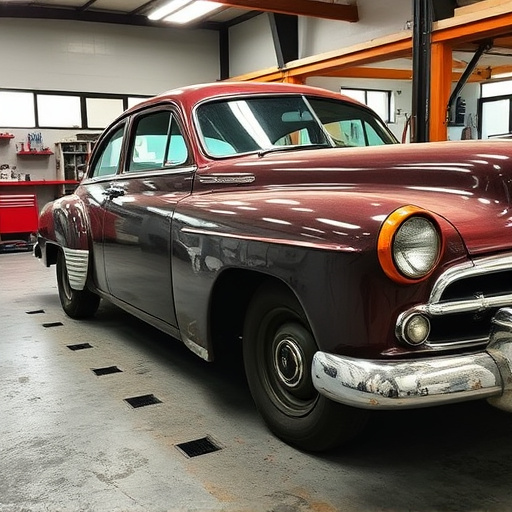
The landscape of automotive repair standards varies significantly across different states and regions, directly impacting the requirements for achieving a PDR (Paintless Dent Repair) certification. While many areas have standardized guidelines, others possess unique regulations that technicians must navigate to become licensed or certified in car dent removal and car damage repair. These variations can be attributed to regional differences in climate, vehicle types, and consumer protection priorities.
When pursuing a career in PDR, understanding these nuances is crucial. For instance, regions with harsh winters and frequent snowstorms might have stricter standards for car bodywork services due to the increased risk of damage during inclement weather. Conversely, areas known for their dry climates may have less stringent regulations, reflecting the lower likelihood of certain types of car damage repair requirements. As you explore PDR certification pathways, remain agile and adaptable in your approach to accommodate these regional variations and ensure compliance with local standards governing car dent removal and related services.
Understanding the varying PDR certification requirements by state or region is essential for those seeking to navigate this specialized field. This article has provided a comprehensive guide, highlighting the basics of PDR certification and delving into the specific needs of each jurisdiction. By familiarizing yourself with these demands, you can ensure compliance and unlock opportunities in this dynamic industry. Whether you’re just starting your journey or looking to expand your professional scope, knowing the ins and outs of PDR certification is a key step towards success.
